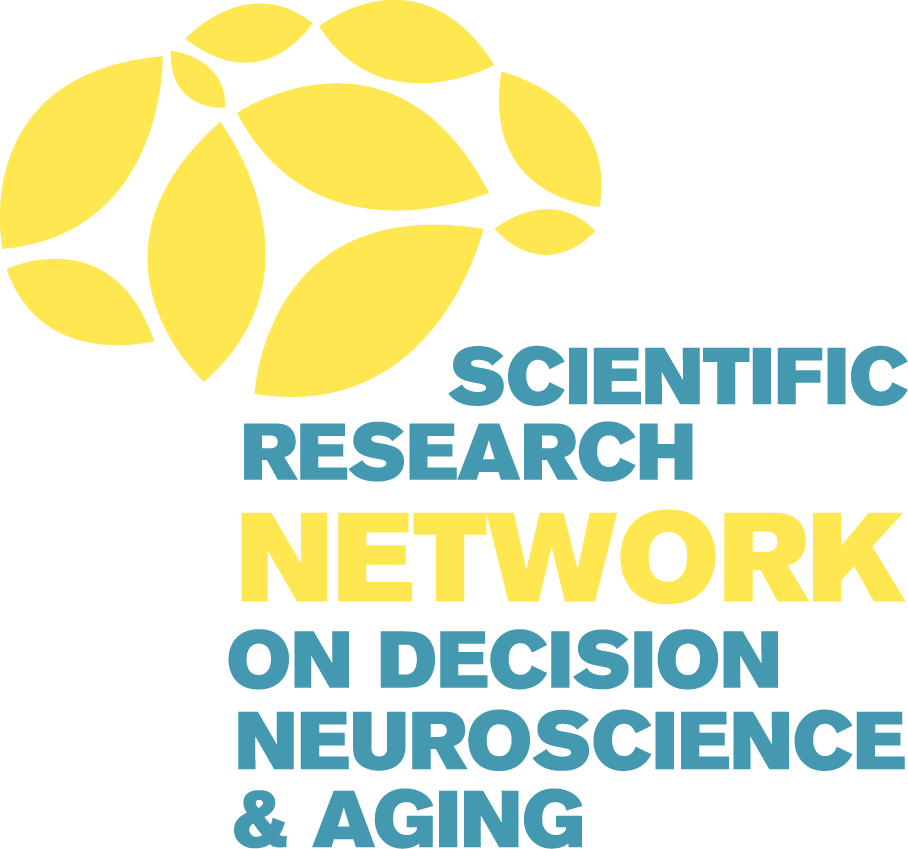2019 Pilot Grants
Neurobehavioral correlates of volitional regulation of motivation across the life span
SHABNAM HAKIMI (DUKE COGNITIVE NEUROSCIENCE), YAEL NIV (PRINCETON NEUROSCIENCE), ALISON ADCOCK (DUKE PSYCHIATRY)
Motivation is integral to cognition and behavior, flexibly directing thoughts and actions toward goals. As with goals themselves, motivation varies with time, fluctuating in the short-term and evolving in the course of healthy aging. While the experience of self-regulating motivation is common across the lifespan, behavioral and circuit-level characterizations of this phenomenon are lacking. Moreover, despite the widely acknowledged the importance of motivation especially intrinsic motivation—for behavior change, the idea that motivation can be volitionally regulated to support behavioral goals is almost entirely absent from existing interventions. This proposal aims to address this gap with a circuit-based understanding of volitional regulation of the brain systems centrally implicated in motivation and decision making. Using a technique termed ‘cognitive neurostimulation’, our team has demonstrated that noninvasive real-time fMRI neurofeedback can be used to train healthy young adults to sustain activation of the ventral tegmental area (VTA), the primary source of forebrain dopamine, using only self-generated motivational imagery. The goal of the proposed research is to extend this work to a wider age range, thus illuminating how the ability to self-regulate motivational circuits is impacted by the neural and psychological changes that accompany the transition from young adulthood to middle and into old age. In 45 healthy adults ranging in age from 21-65, we aim to: 1) characterize the mechanisms supporting volitional regulation of motivation via VTA self-activation and 2) investigate its impact on goal-directed learning and decision making. We hypothesize that older individuals will be able to volitionally activate the VTA, despite potential differences in dopamine availability. We further expect self-activation of the VTA will modulate learning rate in a risk-sensitive reinforcement learning task; specifically, we predict that VTA self-activaton will modulate the saliency of omitted rewards such that, after cognitive neurostimulation training, participants will learn faster from positive relative to negative feedback. We also expect that cognitive neurostimulation training will impact risk preferences in a real-world decision making task. The proposed studies would offer new insight into the extent to which motivational processes can be regulated over the life span, advancing the science of motivation and presenting new opportunities for behavior change interventions that can facilitate individual goal attainment.
Mechanisms of motivation and cognitive control in healthy older adults
AMITAI SHENHAV (BROWN COGNITIVE, LINGUISTIC & PSYCHOLOGICAL SCIENCES), WILLIAM HEINDEL (BROWN COGNITIVE, LINGUISTIC & PSYCHOLOGICAL SCIENCES), ELENA FESTA (BROWN COGNITIVE, LINGUISTIC & PSYCHOLOGICAL SCIENCES)
Achieving our goals—whether getting a new job or staying healthy— requires investing mental effort. However, over development, people vary in their ability and/or motivation to exert that effort. As people get older, they tend to experience cognitive tasks as more effortful and are therefore more likely to avoid engaging in such tasks. In pathological aging, these motivational effects are significantly enhanced, impairing as many as 7 in 10 individuals with certain neurological disorders (e.g., Alzheimer’s). These age-related differences in the motivation to engage in mentally demanding tasks are well-documented, but their mechanisms are poorly understood. Our project will investigate these motivational mechanisms, using a combination of computational modeling and neuroimaging. We recently developed a computational model that describes how people invest their cognitive effort, and offers potential explanations for why people might vary in their effort allocation with age, including that they perceive the task to be insufficiently rewarding and/or that they perceive themselves as having too little influence on those rewards (i.e., that their efforts are insufficiently efficacious). We will test these potential mechanisms by having older and younger adult participants perform a novel incentivized cognitive control task, while undergoing fMRI. We predict that older adults will down-weight information about the efficacy of their effort, and that they will have more trouble adjusting their effort investment in response to changing incentives. Collectively, this work will help identify motivational factors that contribute to increased effort avoidance in older adulthood, and in doing so will inform research into the cognitive impacts of neurological disorders that occur with aging.
Cognitive effort and aging: parsing the relationship between lab-based and daily life indices of cognitive effort expenditure
JENNIFER CRAWFORD (WASHU PSYCHOLOGICAL AND BRAIN SCIENCES), TODD BRAVER (WASHU PSYCHOLOGICAL AND BRAIN SCIENCES)
Several lines of research in cognitively normal older adults have begun to highlight the additional costs older adults face when engaging in cognitively effortful activities. Relative to younger adults, older adults require greater levels of monetary incentives to complete objectively more difficult cognitive task demands and encounter larger consequences of sustained engagement (i.e. fatigue) in cognitively effortful tasks. However, it is not clear how, or if, the neural mechanisms involved in cognitive effort-based decision-making are impacted during healthy aging. The proposed research will use behavioral, neuroimaging, and experience sampling approaches to understand the mechanisms underlying cognitive effort-based decision-making in older adults. The primary aim will be to link older adult engagement in cognitively effortful activities during daily life with: a) performance on a novel laboratory assessment of the subjective value of effort; and b) activity in brain reward and cognitive control circuits during incentivized cognitive task performance. This work has high public health relevance, in pointing to the utility of mobile technologies as a means of monitoring OA cognitive motivation during daily life, and moreover, its potential as an interventional tool for motivational enhancement.
Publications:
Juarez, E. J., Castrellon, J. J., Green, M. A., Crawford, J. L., Seaman, K. L., Smith, C. T., Dang, L. C., Matuskey, D., Morris, E. D., Cowan, R. L., Zald, D. H., & Samanez-Larkin, G. R. (2019). Reproducibility of the correlative triad among aging, dopamine receptor availability, and cognition. Psychology and Aging, 34(7), 921–932. https://doi.org/10.1037/pag0000403
